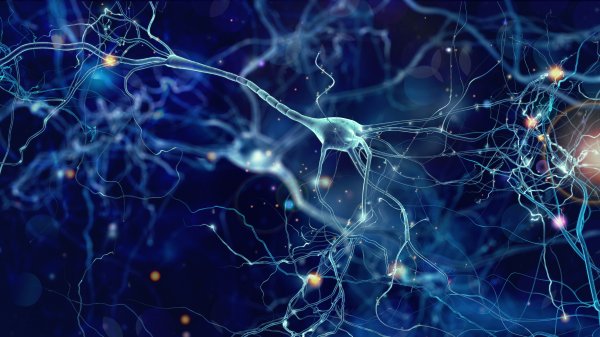Schizophrenia (SZ) and autism spectrum disorders (ASD) are devastating and life-long brain disorders. Yet the underlying causes remain elusive and treatment options are limited. The neurodevelopmental hypothesis of psychiatric diseases proposes that a brain defect is inherited or sustained early in life, but symptoms are not fully expressed until adolescence. Epidemiological studies support the vulnerability for SZ at the prenatal period. Genetic risks apparently play a major role in the etiology of SZ and can disrupt early brain development. Genetic studies have identified over 100 genetic variants associated with SZ. Despite substantial genetic risks, no single gene mutation accounts for >1 % of case frequency. Accumulating evidence suggested that environmental factors, such as heavy metals, affect early brain development and increase the vulnerability to psychiatric disorders. However, the adverse effects of long-term exposure to low-dose environmental contaminants on the trajectory of neural circuitry development are unclear. Especially, how environmental and genetic factors interact with each other and affect early brain development, thereby contributing to SZ/ASD risks, are poorly characterized.
Among the top genetic risk, we focus on RBM8A, a critical gene within the 1q21 region allele associated with SZ and ASD. Neuro-imaging and neuropsychological studies collectively supported 1q21 region as an important genetic predictor of brain structural changes and behavioral phenotypes. Yet, the molecular and cellular functions of RBM8A are unclear. To address these issues, we have showed that mouse orthologue, Rbm8a, is required for NPC proliferation and neuronal differentiation. We further generated a Rbm8a conditional knockout (KO) mouse model and detected consistent defects on brain structures mimicking some features of SZ/ASD patients.
This proposed study will test the hypothesis that adolescent exposure to low dosage of a heavy metal, increases the vulnerability of mouse carrying Rbm8a deletion to abnormal development of brain connectivity and SZ-like behaviors. The primary objective of this application is to determine how heavy metal in water interacts with a SZ/ASD-risk gene and alters adolescence developmental trajectory of brain network in animal model and human stem cell model.
Resulting Funding
- National Institutes of Health/NIDCR, Delineating molecular mechanism of developmental defects of TAR syndrome, Project Number 1R21DE032806-01A1, 2023, $411,925






